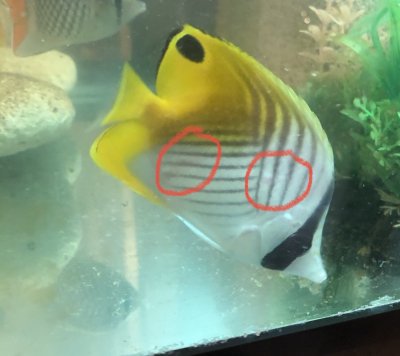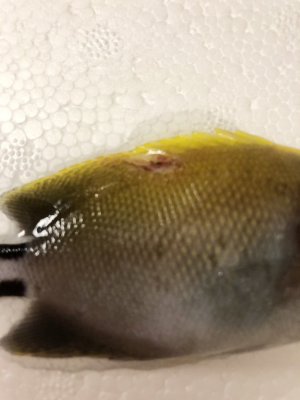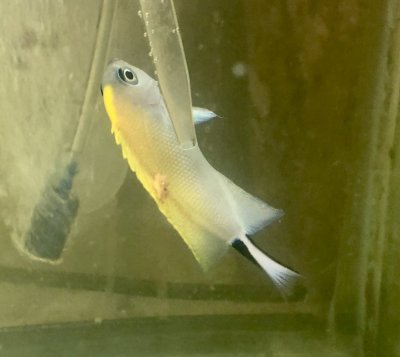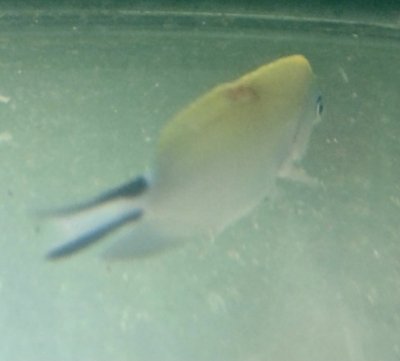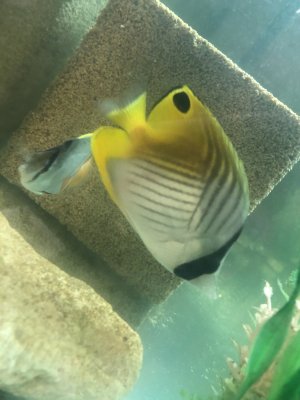- Joined
- Dec 1, 2019
- Messages
- 347
- Reaction score
- 186
I’ve dosed Furan 2 five times with 2 water changes in between so far and it has gotten smaller than shown in this picture but looking at him today (didn’t get a new pic as I didn’t have my phone on me) he appears to have two new smaller spots that look the same closer to his tail so whatever it is the Furan 2 isn’t helping completely.
I got him about 3 weeks ago along with a Pearlscale butterfly and a swallowtail. The swallowtail was in quarantine separately and I didn’t notice anything on her until it was too late. This one is together with the Pearlscale because they were to go in the same fish only tank. The Pearlscale has been fine, no marks, crazy appetite and even this one is eating fine still. What should I do at this point? I looked back at pictures when I first got these fish and this one had a small reddish spot where it is now. The Swallowtail did not.
Here is a current pic with spots circled
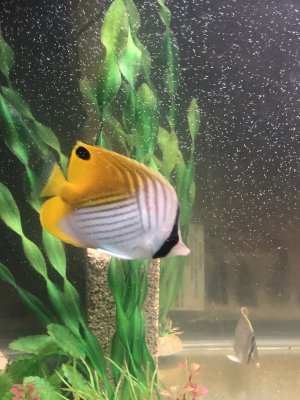
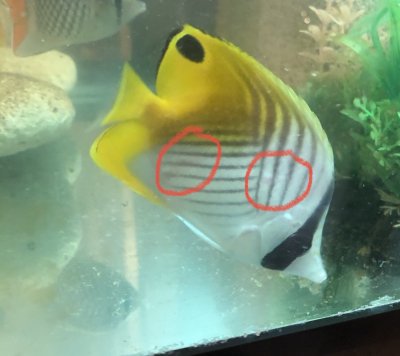
I got him about 3 weeks ago along with a Pearlscale butterfly and a swallowtail. The swallowtail was in quarantine separately and I didn’t notice anything on her until it was too late. This one is together with the Pearlscale because they were to go in the same fish only tank. The Pearlscale has been fine, no marks, crazy appetite and even this one is eating fine still. What should I do at this point? I looked back at pictures when I first got these fish and this one had a small reddish spot where it is now. The Swallowtail did not.
Here is a current pic with spots circled


Last edited:





